News
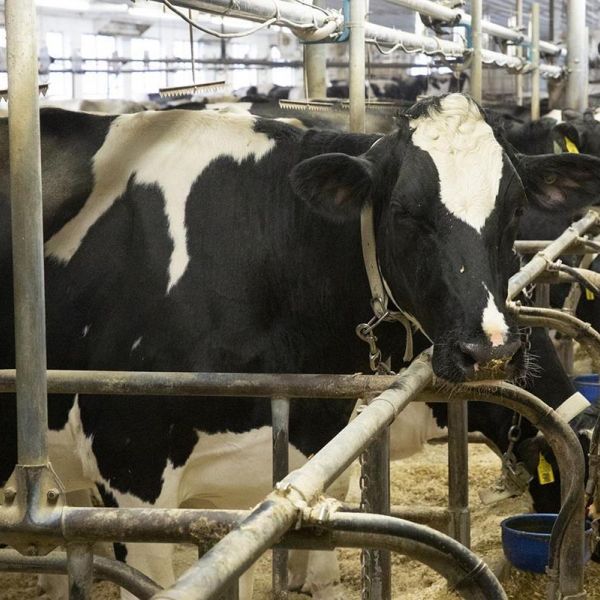
Jul 11, 2022
Researcher gets grant to study biofilters to reduce livestock facility methane
A scientist in Penn State’s College of Agricultural Sciences has received a $300,000 grant from the U.S. Department of Agriculture to lead a team conducting research on using biofilters to mitigate methane from enteric emissions produced in livestock facilities.
Full Article
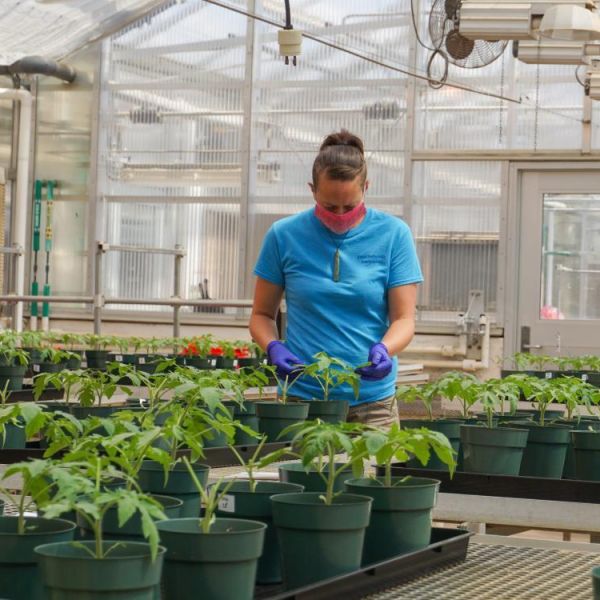
Jul 11, 2022
Above-ground microbial communities that quell plant diseases can be developed
Microbial communities naturally living on the leaves and stems of tomato plants can be manipulated to suppress diseases that reduce productivity, according to Penn State researchers, offering hope that growers someday can apply these mixtures of bacteria and fungi to protect plants and improve harvests.
Full Article
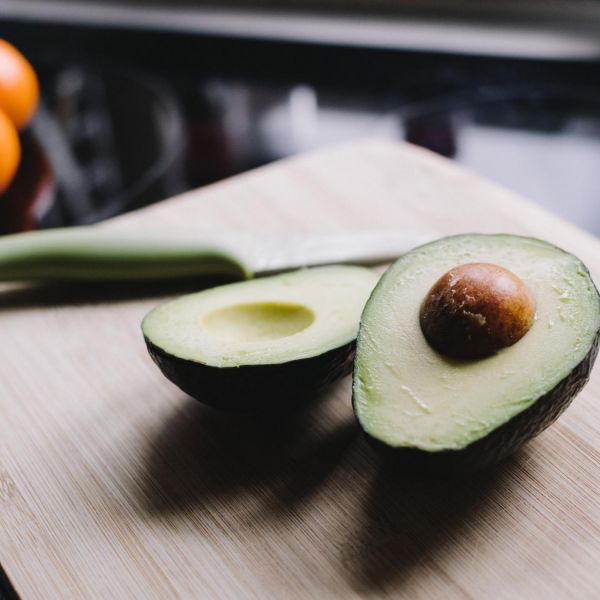
Jul 05, 2022
Daily avocados improve diet quality, help lower cholesterol levels
Eating one avocado a day for six months was found to have no effect on belly fat, liver fat or waist circumference in people with overweight or obesity, according to a new study. However, it did lead to a slight decrease in unhealthy cholesterol levels.
Full Article
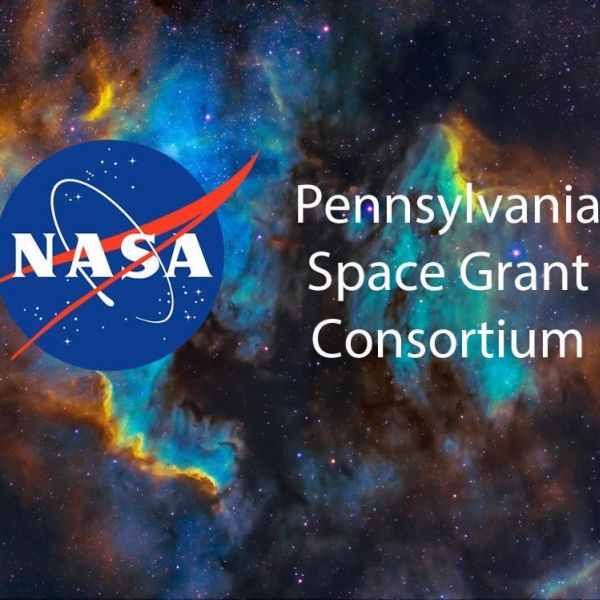
Jun 30, 2022
Graduate students awarded 2022 NASA Space Grant Fellowships
Seventeen Penn State graduate students have received 2022 NASA Pennsylvania Space Grant awards and been named graduate fellows.
Full Article

Jun 29, 2022
Jared Ali named director of the Penn State Center for Chemical Ecology
Jared Ali, Dorothy Foehr Huck and J. Lloyd Huck Chair of Chemical Ecology and associate professor of entomology in the College of Agricultural Sciences, has been named director of the Penn State Center for Chemical Ecology (CCE).
Full Article
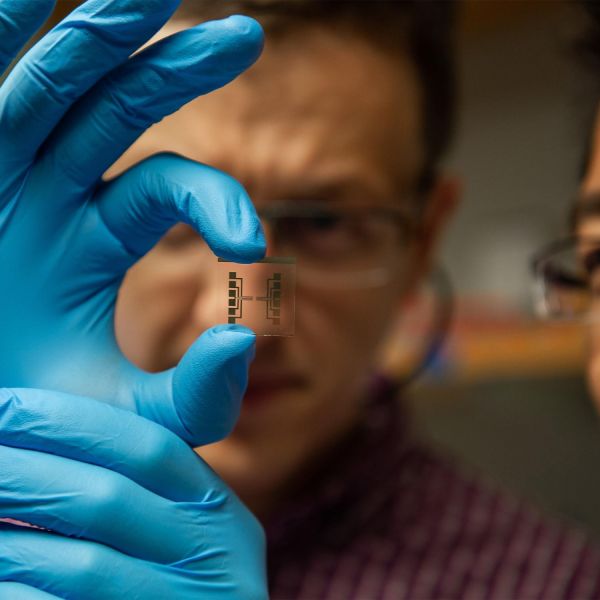
Jun 29, 2022
Laser writing may enable ‘electronic nose’ for multi-gas sensor
Environmental sensors are a step closer to simultaneously sniffing out multiple gases that could indicate disease or pollution, thanks to a Penn State collaboration. Huanyu “Larry” Cheng, assistant professor of engineering science and mechanics in the College of Engineering, and Lauren Zarzar, assistant professor of chemistry in Eberly College of Science, and their teams combined laser writing and responsive sensor technologies to fabricate the first highly customizable microscale gas sensing devices.
Full Article
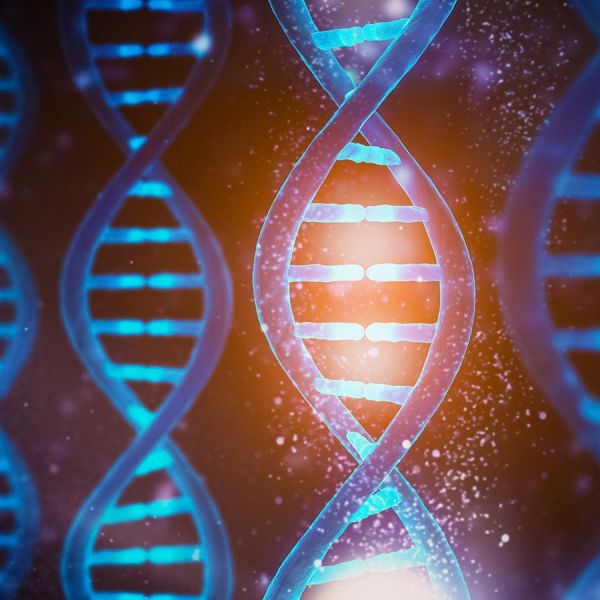
Jun 28, 2022
New machine learning technique shows how drugs can be repurposed
A new machine learning method to model gene expression levels might improve the identification of genes that cause human diseases, according to a new study by Penn State College of Medicine researchers.
Full Article
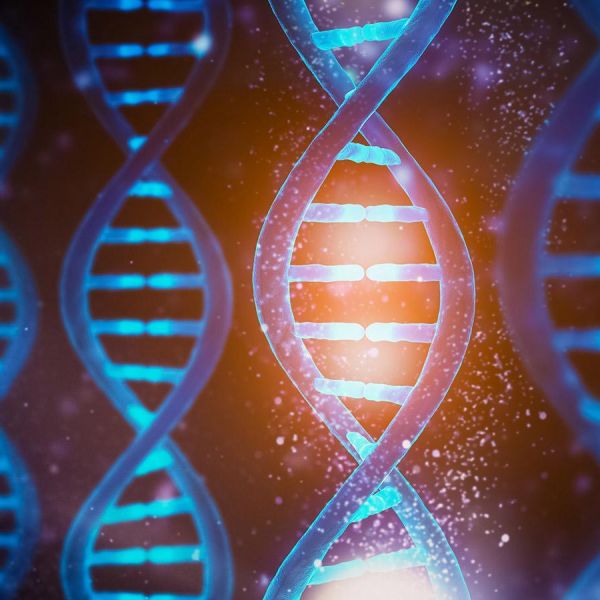
Jun 28, 2022
New machine learning technique shows how drugs can be repurposed
A new machine learning method to model gene expression levels might improve the identification of genes that cause human diseases, according to a new study by Penn State College of Medicine researchers.
Full Article

Jun 27, 2022
Jared Ali named Huck Chair of Chemical Ecology
Jared Ali, associate professor of entomology in Penn State's College of Agricultural Sciences, has been named the Dorothy Foehr Huck and J. Lloyd Huck Chair of Chemical Ecology by the University’s Huck Institutes of the Life Sciences.
Full Article

Jun 27, 2022
Suicide vulnerability index, machine learning model help predict counties’ risk
Suicide is a leading cause of death in the United States, but the models that have been used to predict suicide rates weight risk factors equally and rely on data for large geographic areas, limiting the precision of the predictions, according to Penn State researchers.
Full Article